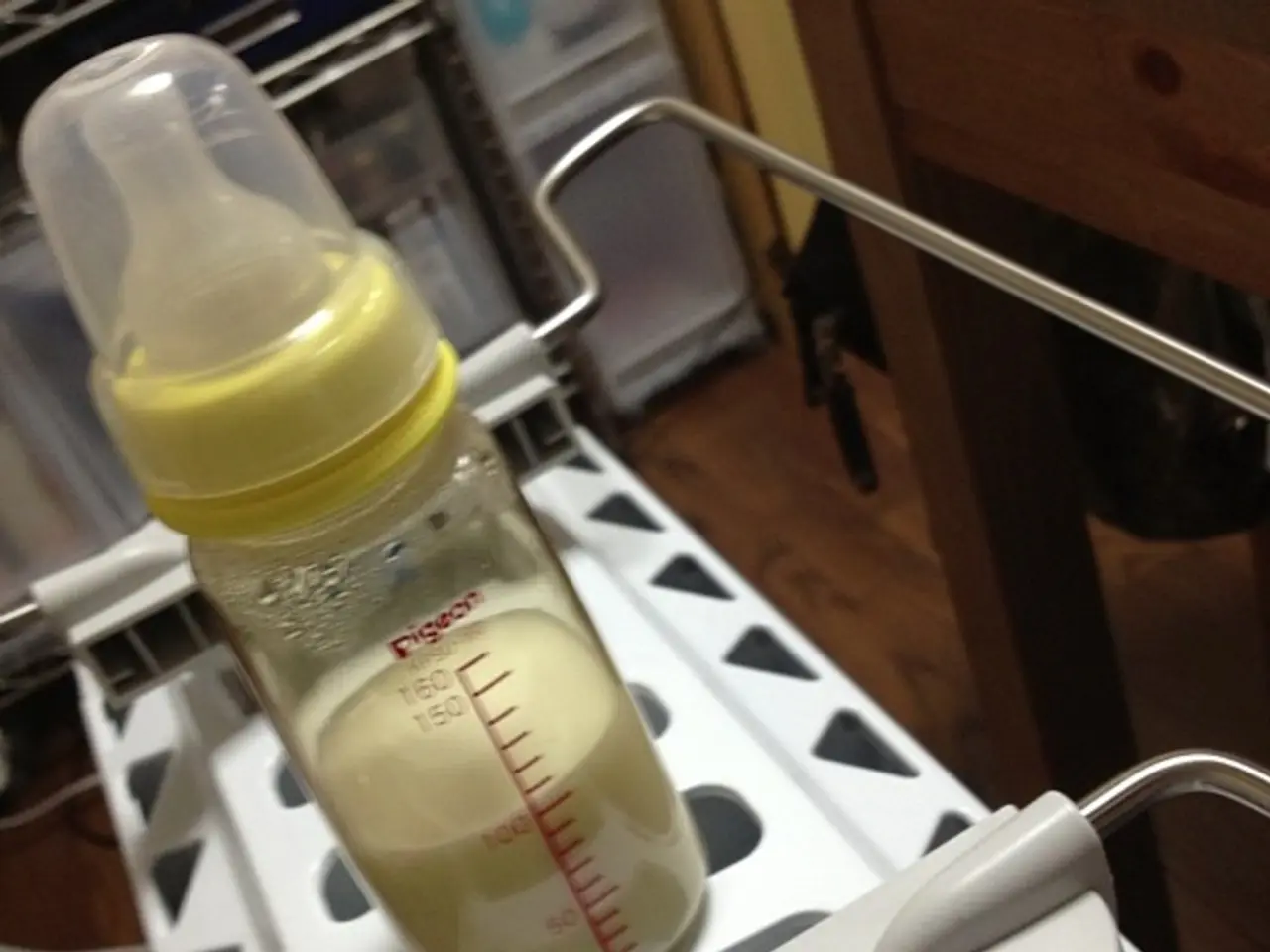Compulsion to Repeat: Origins, Theoretical Perspectives, and Further Insights
Breaking the Cycle of Repetition Compulsion
Repetition compulsion, a psychological phenomenon where individuals unconsciously reenact traumatic experiences from their past, often manifests in unhealthy relationship patterns [1][3][5]. This compulsive behavior is frequently rooted in childhood or attachment wounds, as the nervous system seeks the comfort of familiarity, even if it means reliving pain.
From a psychoanalytic perspective, this repetition is driven by an unconscious impulse to resolve or work through unresolved conflicts or trauma by recreating similar situations in present relationships. Freud originally described repetition compulsion as the unconscious need to reenact unresolved matters, especially traumatic ones, to gain mastery or closure [1][3].
Common causes of repetition compulsion include early attachment trauma, unresolved emotional wounds, neurological imprinting, and maladaptive beliefs about self-worth and relationships [4][5].
To overcome repetition compulsion, a combination of insight-oriented and behavioral/neuroplasticity-based approaches are often employed.
- Psychoanalytic Therapy and Insight
- By bringing unconscious patterns into conscious awareness through exploration of past trauma and relational history, individuals can work through unresolved conflicts to reduce the unconscious drive to repeat [1][3].
- Developing new internal representations of self and others can help break identification with past painful scripts, leading to healthier relationship dynamics [1][3].
- Pattern Interruption and Neuroplasticity-Based Techniques
- These techniques aim to directly target compulsive behavioral and neurological patterns, interrupting and deactivating them [2].
- Humor, metaphor, and sensory reframing can overload and "exhaust" the neural circuits underlying repetition compulsions, promoting lasting change in behavior and emotional responses [2].
- Addressing Attachment and Beliefs
- Therapeutically addressing attachment insecurities and maladaptive beliefs about the self and relationships can reduce compulsive reassurance-seeking, checking, and obsessive relationship behaviors that reinforce repetition compulsion [4].
These approaches often complement each other: psychoanalytic insight work can increase self-understanding and reduce unconscious drives to reenact past trauma, while neurobehavioral interventions can rapidly disrupt compulsive patterns at the neurological level and promote lasting change in behavior and emotional responses [2].
In conclusion, repetition compulsion arises from unresolved trauma and unconscious drives to reenact familiar pain, especially shaped by attachment history. Overcoming it involves both insight and consciousness-raising through therapy, alongside active disruption of compulsive neural-behavioral patterns using targeted, neuroplasticity-informed techniques to build new, healthier relational habits. This integrative framework supports sustainable change in how individuals engage in relationships.
It is important to note that long-term abuse may result in self-abusive behavior, low self-esteem, substance use disorders, inability to trust, and difficult interpersonal relationships. Seeking professional help is crucial for those struggling with repetition compulsion to break free from these patterns and achieve a healthier, more fulfilling life.
[1] Freud, S. (1920). Beyond the Pleasure Principle. The Standard Edition of the Complete Psychological Works of Sigmund Freud, Volume 18. [2] Foa, E. B., & Kozak, M. J. (1986). A cognitive model of exposure therapy. Behavior Therapy, 17(4), 417-421. [3] Loewald, H. (1960). Remarks on the theory of anxiety. The Psychoanalytic Quarterly, 29(4), 555-573. [4] Scheck, J. A., & Beck, A. T. (2013). Cognitive-behavioral therapy for obsessive–compulsive disorder. In Handbook of Obsessive–Compulsive Disorder (pp. 251-269). Wiley. [5] Van der Hart, O., & Horst, M. (2005). Treating Complex Trauma: A Sequential, Relational Approach Integrating Neurobiology, Attachment, and Memory Reconsolidation. Guilford Press.
- Recognizing that repetition compulsion often stem from unresolved mental health issues such as childhood trauma or attachment wounds, combining science-based therapies and treatments like psychoanalytic therapy, pattern interruption techniques, and addressing attachment insecurities can foster health-and-wellness and enhance mental-health by promoting breakthroughs in relationships.
- In the pursuit of healthier relationships, embracing science-driven therapies and treatments, such as exploring past traumas through psychoanalytic therapy, interrupting compulsive behaviors through neuroplasticity-based techniques, and addressing attachment issues and maladaptive beliefs, can aid in overcoming mental health challenges like repetition compulsion, ultimately improving one's mental-health and relationships within the realm of health-and-wellness.




